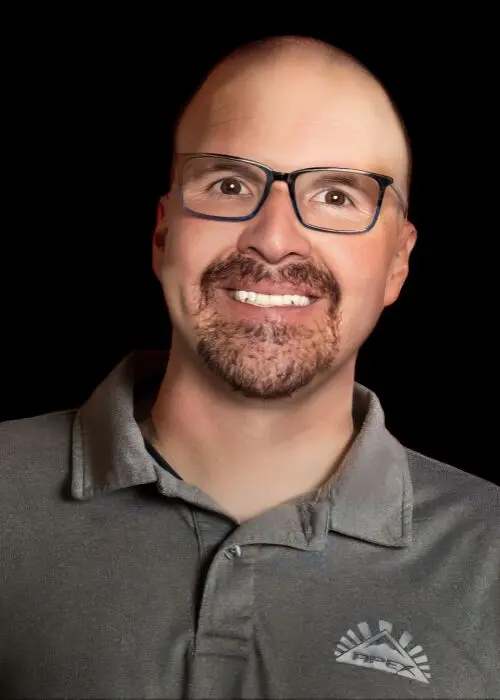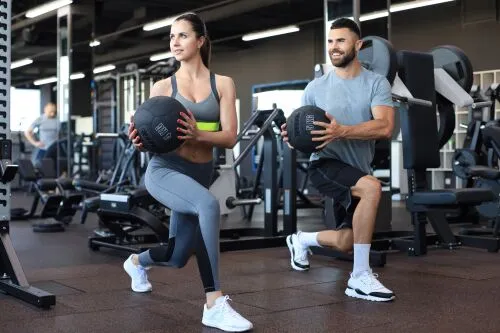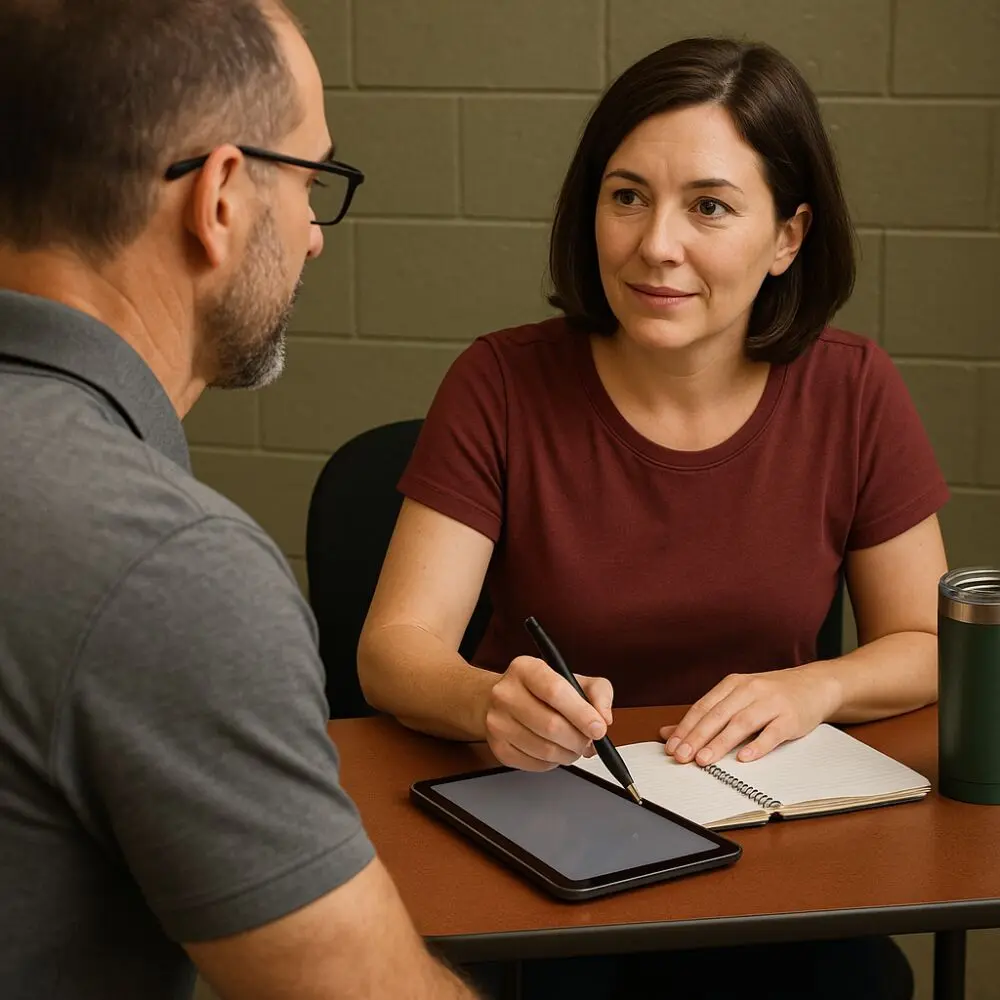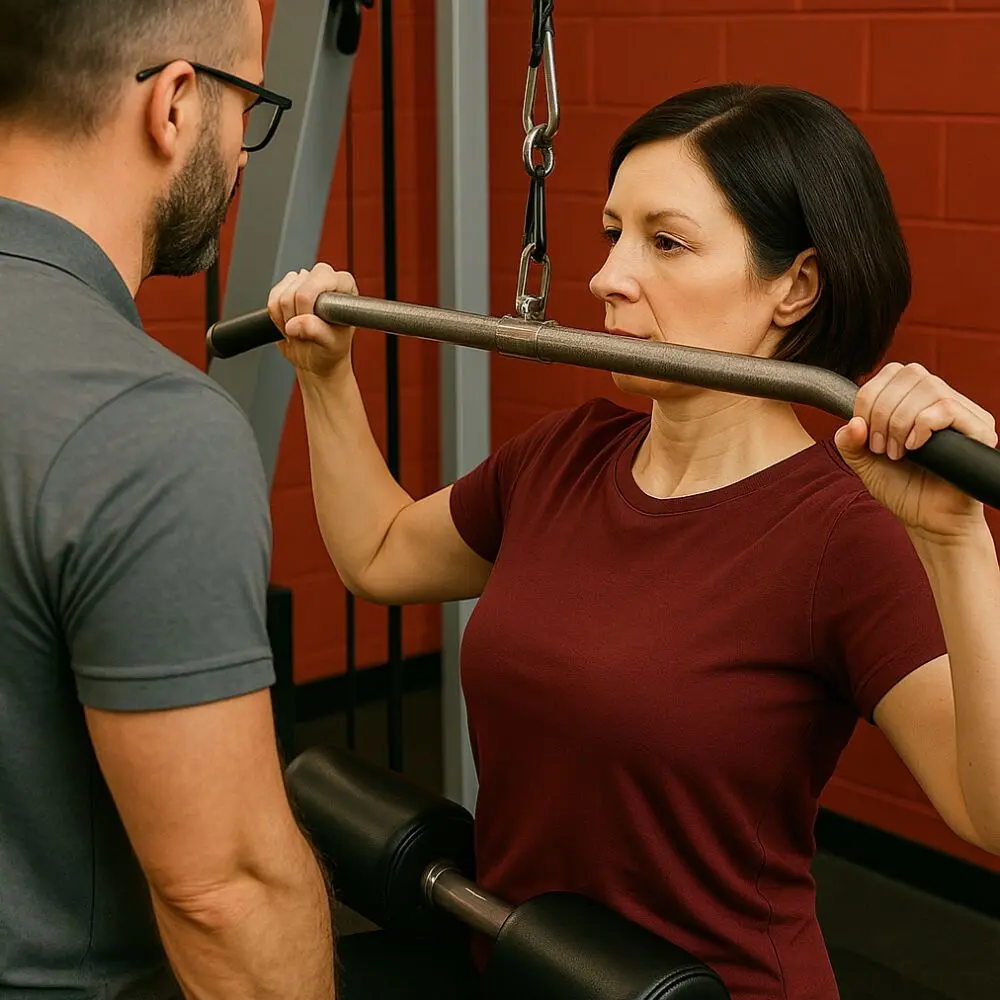See How You Walk and Run — And What It’s Costing You
Gait Analysis
Gait analysis breaks down your movement mechanics during walking and running. It identifies asymmetries, inefficiencies, and risky patterns that may lead to injury—or slow you down. If walking or running leaves you sore, unstable, or frustrated, the problem may be in your gait.
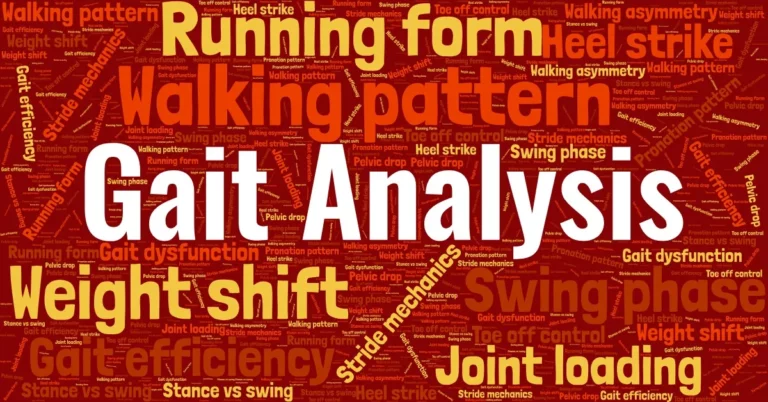
Knee or Hip Pain
Spot stride faults that load joints unevenly and create breakdown.
Distance Runners
Improve efficiency, cadence, and recovery through refined technique.
Rehab Graduates
Evaluate stride post-injury to reduce re-injury risk.
Why Gait Issues Often Go Undiagnosed
Most people never think about how they walk—until pain, imbalance, or fatigue becomes a pattern. Gait faults are sneaky: they build over time, reinforced by tight hips, weak glutes, or poor foot strike. Without expert evaluation, they hide in plain sight, making progress harder and injury more likely with every step you take.
- Walking or running pain often stems from undetected asymmetries or poor shock absorption mechanics.
- Most standard fitness plans ignore stride analysis, leaving chronic issues unresolved or worsened.
- Gait analysis reveals the root causes of discomfort—so you can stop guessing and start moving better.

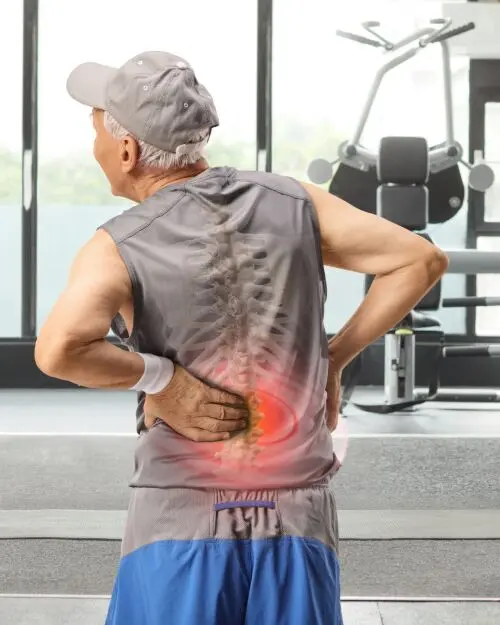
How We Analyze Your Movement Step-by-Step
How We Analyze Your Movement Step-by-Step
Every gait analysis follows a precise process that helps us uncover hidden movement inefficiencies, joint stress, and asymmetries. This step-by-step evaluation reveals how your body responds under load — and how small faults can lead to big problems.
Step 1 — Initial Consultation and Movement History
We begin by understanding your walking or running goals, injury history, and any recurring discomfort. We also look at your lifestyle, footwear choices, and past rehab or training experience to establish a baseline.
Step 2 — Video-Based Gait Observation
Next, we record your movement from multiple angles using slow-motion playback or live observation. This reveals issues like foot strike imbalance, hip drop, shoulder sway, or uneven cadence.
Step 3 — Joint and Limb Analysis
We assess joint alignment across your entire kinetic chain — from ankles to hips and shoulders. Timing, stride symmetry, and mechanical coordination are closely evaluated through each gait cycle.
Step 4 — Stride Mechanics and Force Distribution
Then we examine how your body loads and unloads with every step. We measure stride length, contact time, and whether you’re overloading one side, dragging a limb, or lacking propulsion.
Step 5 — Interpretation and Corrective Strategy
Finally, we explain exactly what we found — what’s working, what isn’t, and how it connects to your pain or performance concerns. From here, we’ll recommend corrective training or further assessment.
What are the most common gait faults kinesiologists detect?
Common gait faults include overpronation, pelvic drop, toe drag, excessive trunk sway, and uneven stride length. These dysfunctional patterns place stress on joints, force muscles to compensate inefficiently, and gradually break down movement performance.
-
Overpronation can strain knees and ankles.
-
Pelvic drop destabilizes hips and causes trunk compensation.
-
Uneven strides or dragging reduce symmetry and shock absorption.
-
Excessive trunk sway drains energy and reduces control.
📌 Think of these as hidden “energy leaks” that silently increase your risk of pain and fatigue over time.
-
How can faulty gait contribute to pain or fatigue?
Faulty gait mechanics alter joint loading and muscle use, leading to overuse injuries, poor shock absorption, and chronic fatigue—especially in the knees, hips, and lower back.
Even a subtle imbalance repeated over thousands of steps adds up. Kinesiologists detect these micro-faults before they become chronic problems.
Can a gait analysis improve running or walking efficiency?
Yes. Gait analysis identifies movement inefficiencies and helps correct them through tailored cues, drills, or corrective training. This improves stride mechanics, reduces energy waste, and enhances overall walking or running performance.
It’s not just for athletes—walkers, hikers, and anyone recovering from injury can benefit from more efficient, balanced gait mechanics.
A Simple 3 Step Process
No Guesswork, just results
Getting started is simple – I’ll observe how your body walks, runs, and transfers force so we can pinpoint what’s holding you back. Then we’ll build a plan that improves your stride, posture, and overall movement confidence.
Choose the Assessment That Fits You Best
tools that actually tell us something
Understanding how your body moves is step one. These science-backed assessments reveal dysfunction, imbalance, or asymmetry—so your program is based on facts, not guesses.
Comprehensive Movement Assessment
Biomechanical Assessment
Core Stability Assessment
Postural Assessment
Functional Movement Assessment
Muscle Activation Testing
Let’s Rethink How You Move
Running injuries. Knee pain. Fatigue that shouldn’t be there. If walking or running leaves you sore, unstable, or just off-balance—you’re not imagining it. Gait issues don’t always show up as injuries. Sometimes it’s tight hips, dragging feet, or just fatigue that hits faster than it should. I’ve worked with clients who had no idea their stride was working against them.
As a Registered Kinesiologist, I analyze your gait mechanics using a proven, science-based process. We examine joint alignment, foot strike, stride symmetry, and how your entire kinetic chain moves under stress. This gives us the data to improve performance, prevent injury, or simply help you feel stronger and more stable with every step.
